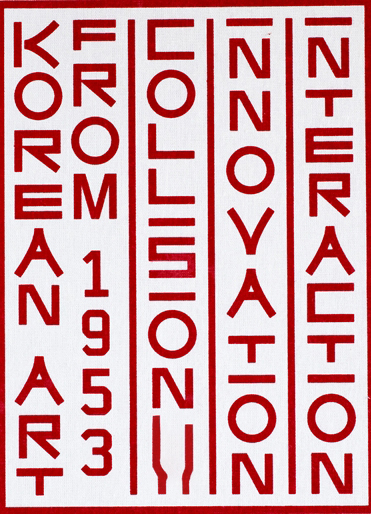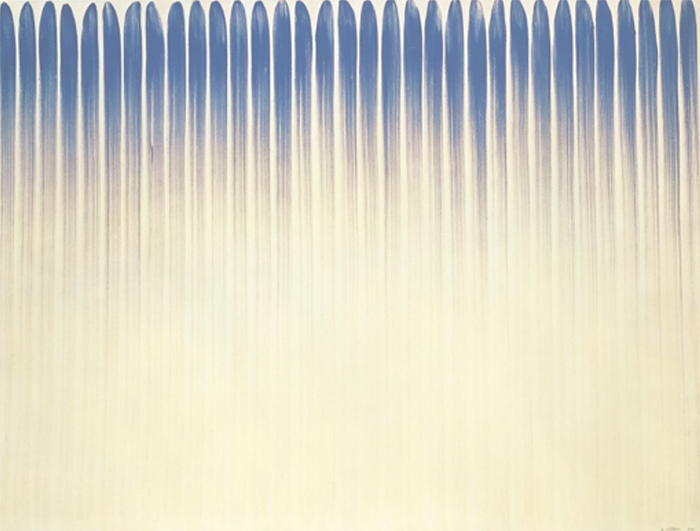Korean Art
In 2020, Phaidon published the first comprehensive survey to explore the rich and complex history of contemporary Korean art – an incredibly timely topic. Here’s a few words on the power of the brush.
As a member of the Japanese Mono-ha Group, Lee Ufan had mainly focused on producing sculptural works but, in his solo show at Japan’s Tokyo Gallery in 1973, he showed two-dimensional works, titled From Point and From Line. The Japanese art critic Nakahara Yūsuke described Lee’s ‘points’ and ‘lines’ on canvases as a subtle, beautiful tension between drawing and writing, though the artist may never have intended his actions to be seen as writing. In Eastern tradition, a stroke made with a brush on paper has special meaning: the brushstroke is the basis of both painting and calligraphy and requires much practice and discipline, thus it does not strictly belong to either category of painting or calligraphy.

The repeated practice of making the brushstroke is the most fundamental step in the art of oriental ink painting. What is regarded to be important is not the result but the process of practicing in itself, because it is associated with spiritual practice and a training of the mind. In Buddhism, it is said that through repeated practice of stroke making one can find enlightenment and reach unity with nature.
